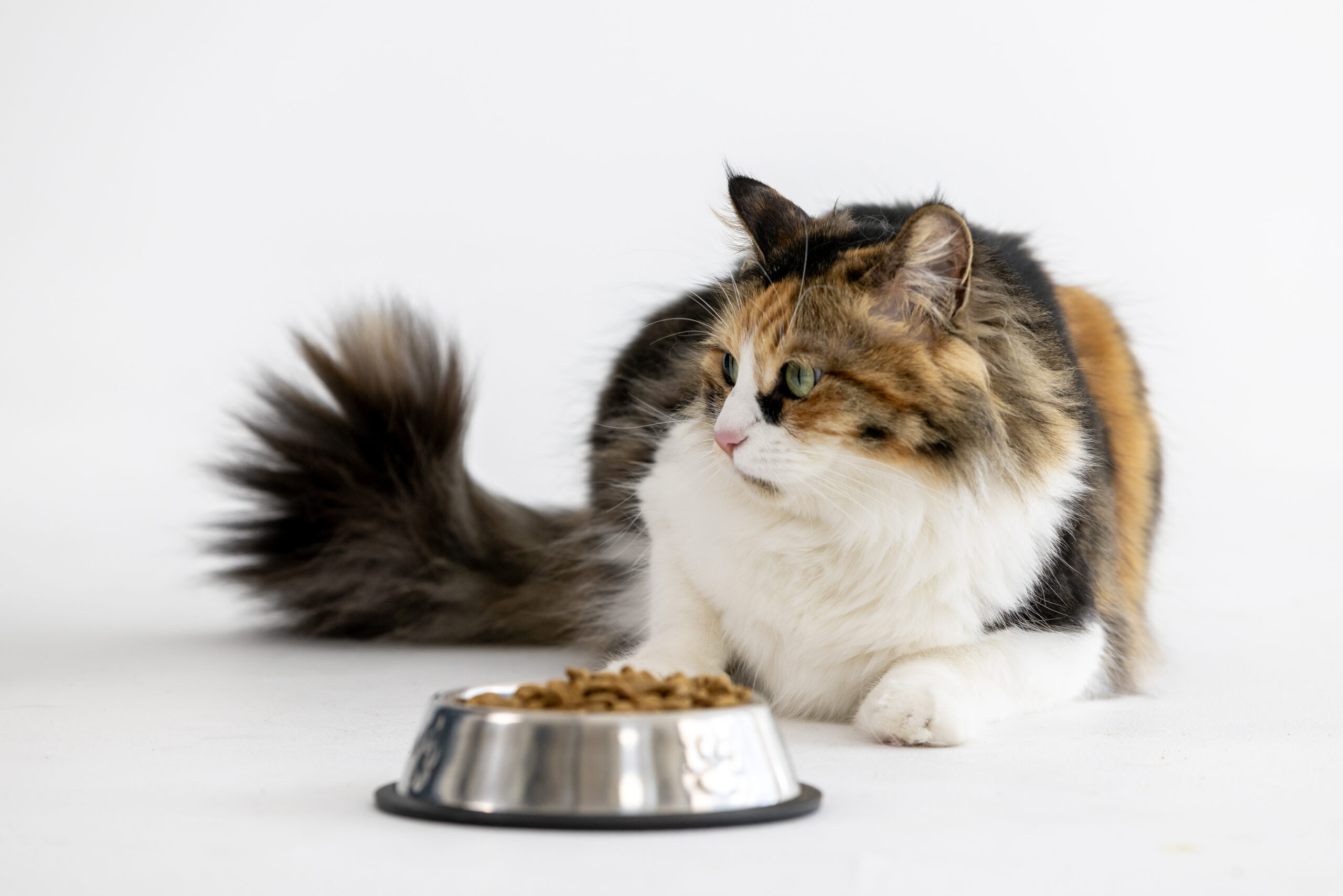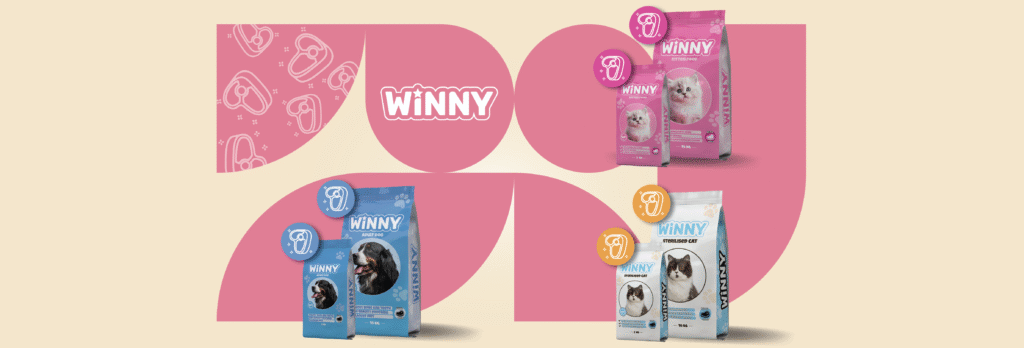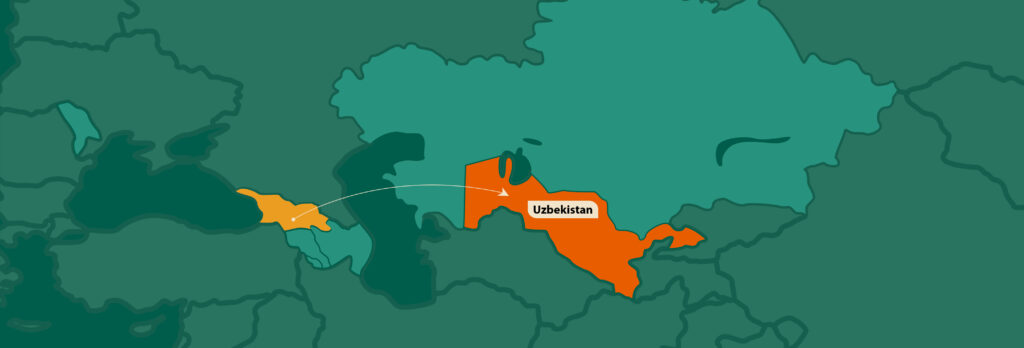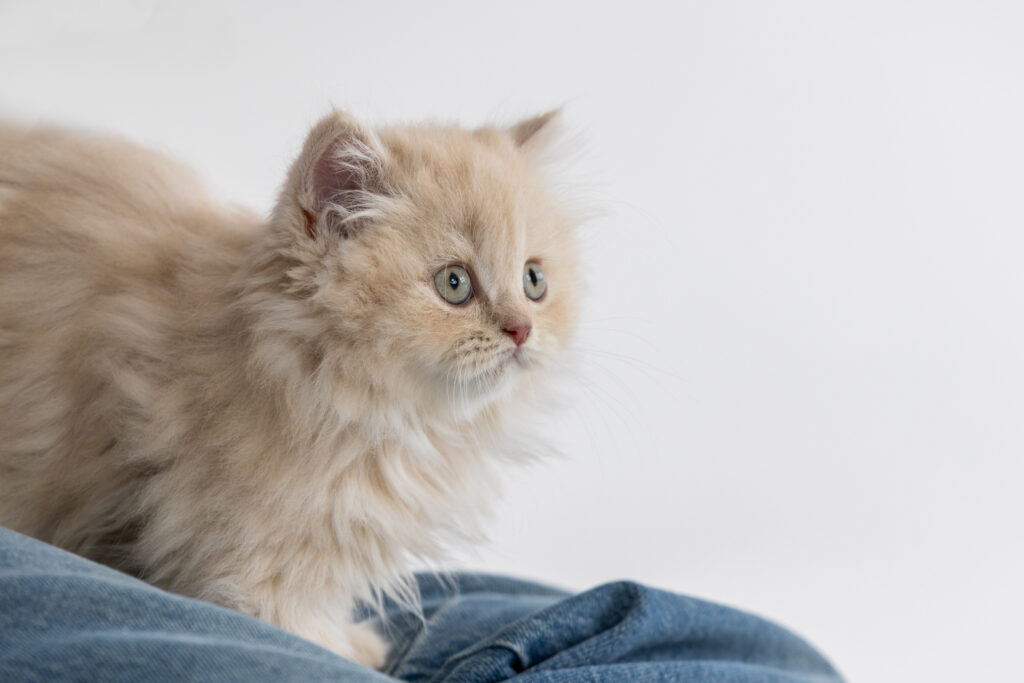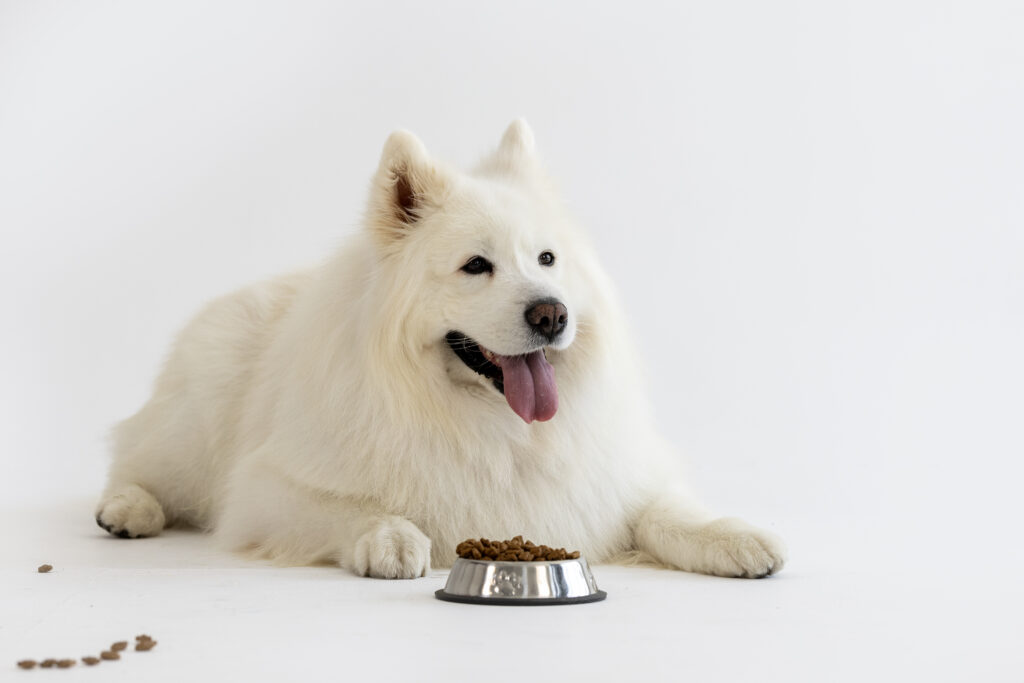An animal’s nutritional needs are often shaped by evolutionary processes. Cats are naturally carnivores, meaning they require food rich in animal proteins. Proper nutrition is essential for a long and happy life.
A balanced diet is necessary to stabilize energy levels and strengthen the immune system. High-nutritional-value food supports optimal organ function, sharp vision, strong muscles, and a healthy coat. A lack of essential nutrients can cause serious health issues, including heart disease, vision problems, and digestive dysfunction.
Knowing how to feed a cat—how often and how much—has a significant impact on their well-being.
Nutritional Needs of Cats
Proteins and Amino Acids
Cats require a large amount of protein. Their bodies rely on protein to support vital functions. The amino acid taurine, found in animal-based proteins, is essential for heart health, vision, and reproductive functions. Taurine deficiency can cause serious health issues, including heart diseases.
Fats and Fatty Acids
Fats are a concentrated source of energy. They help absorb fat-soluble vitamins (A, D, E, and K). Omega-3 and Omega-6 fatty acids not only support cognitive function but also improve skin and coat health. Fat deficiencies may lead to dry skin and brittle fur.
Carbohydrates
Unlike dogs, cats have a limited ability to digest carbohydrates. A small amount of carbohydrates is enough to meet their energy needs. Excessive carbs may lead to obesity and digestive issues. Generally, high-quality dry cat food contains minimal amounts of carbohydrates.
Vitamins and Minerals
Cats need well-balanced food that contains essential vitamins and minerals. These nutrients play a key role in supporting the body’s core functions.
For example, vitamin A is vital for good vision, a strong immune system, and healthy skin. Cats cannot convert beta-carotene into vitamin A, so they must obtain it from animal sources.
Similarly, cats cannot synthesize vitamin D from sunlight. Vitamin D is essential for calcium absorption. Imbalances in calcium and phosphorus can cause musculoskeletal issues. Commercial cat food is designed to ensure the right balance of these nutrients.
What to Consider When Choosing Dry Cat Food
Age
At different life stages, cats have different nutritional needs. Age-appropriate, balanced formulas ensure your feline friend’s long and happy life.
As cats age, their metabolism slows down, which reduces calorie burning and stabilizes appetite. To prevent age-related obesity, it’s advisable to consult an experienced pet nutritionist and create a weight management plan tailored to your cat’s specific needs.
Spaying/Neutering
Hormonal changes following sterilization often slow a cat’s metabolism, unintentionally contributing to weight gain. To address this, follow your nutritionist’s post-operative guidelines and select balanced food specifically designed for sterilized cats.
Health Condition
When choosing food for cats with health issues, prioritize high-quality ingredients. Avoid artificial flavor enhancers, fillers, and unnecessary carbohydrates—especially if your cat has metabolic problems.
Remember, each health condition requires an individual approach. Maintain regular contact with a veterinary nutritionist and base food-related decisions only on professional advice.
How Much Food Should a Cat Eat?
The recommended amount of food depends on the cat’s age, breed, size, activity level, and genetic factors. This information is usually provided on the packaging label of dry food. To avoid excess weight gain, it’s important to follow these instructions and maintain proper proportions.
Unlike kittens, adult cats are best fed twice a day. Providing large portions may lead to fat accumulation and cardiovascular problems. To avoid health issues caused by overfeeding, consult your vet and monitor your cat’s body weight regularly.
How to Transition a Cat to New Food
Food transitions should be gradual—by mixing the new food with the old and then fully replacing it. For the first three days, mix about 25% of the new food with 75% of the old. On day four, switch to a 50/50 ratio, and by day ten, fully transition to the new food.
Avoid abrupt switching between wet and dry food. A cat’s digestive system and gut flora are adapted to a specific type of diet. Sudden changes may cause vomiting or diarrhea. If you plan to feed both types, monitor your cat’s response, appetite, stool consistency, and overall health. If anything unusual occurs, consult your vet immediately.
Harmful Foods for Cats
While many human foods are safe for cats, certain foods should never be offered as they are toxic. These include chocolate, grapes, raisins, onions, garlic, avocado, bones, and raw meat.
Raw meat often contains dangerous microorganisms like E. coli and salmonella, which can be harmful to both your pet and yourself. Also, raw fish contains an enzyme that destroys thiamine (vitamin B1), so meat should be offered cooked or lightly cooked.
Cats should also not eat raw eggs. If they enjoy the taste, you can offer cooked eggs once a week. Surprisingly, due to lactose intolerance, cow’s milk is not recommended for cats.
If your feline accidentally consumes any forbidden food and shows unusual behavior, contact your veterinarian immediately.
